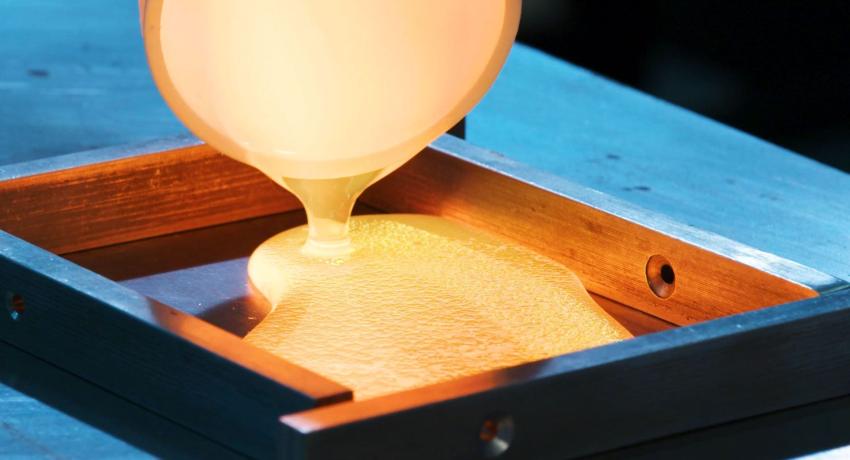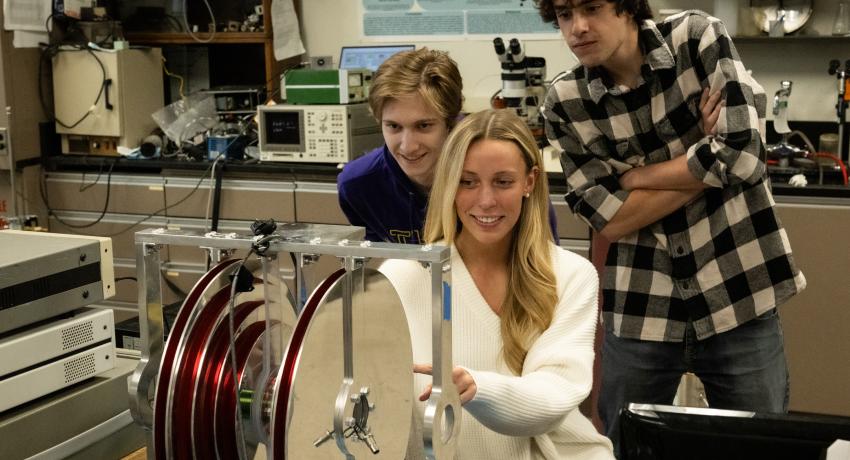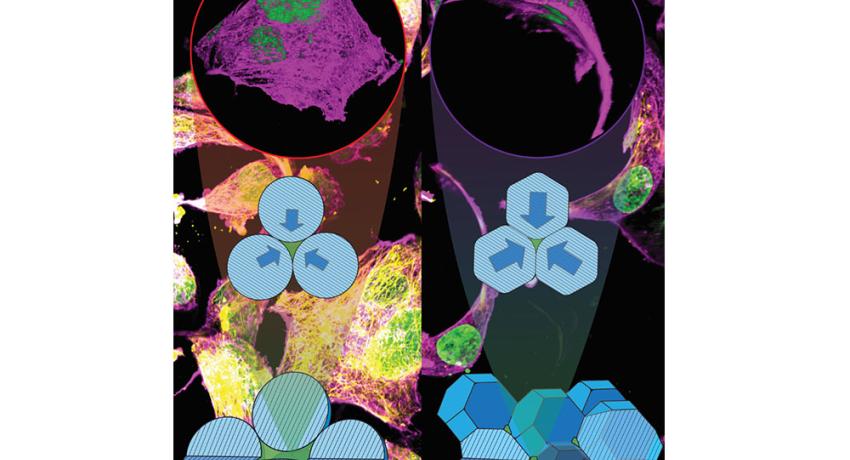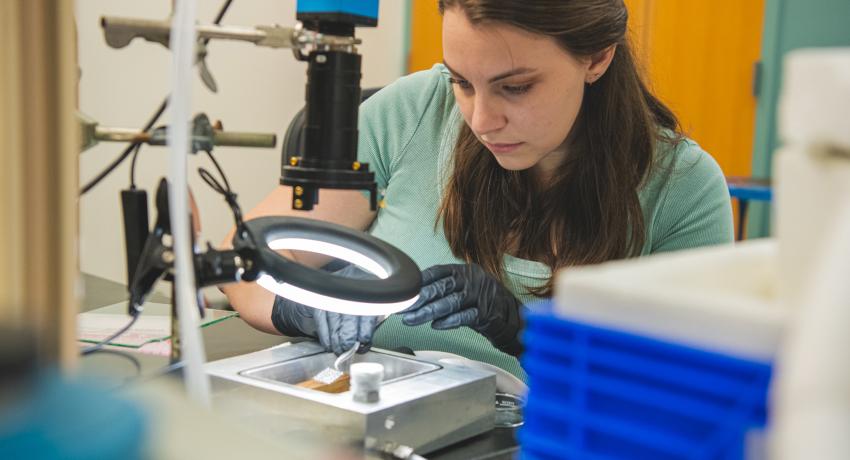The search to replace a critical semiconductor
China recently limited the export of gallium nitride, a type of semiconductor used to manufacture a variety of consumer power electronics, such as cellphones and computers, as well as medical devices, cars, wind turbines, solar farms, LED lightbulbs and more.
Squishy microgels in granular biomaterials confine and direct cell behavior
A simple biomaterial-based strategy that can influence the behavior of cells could pave the way for more effective medical treatments such as wound healing, cancer therapy and even organ regeneration, according to a research team at Penn State.
Microplastics impact cloud formation, likely affecting weather and climate
Scientists have spotted microplastics, tiny pieces of plastic smaller than 5 millimeters, in some of the most pristine environments on Earth, from the depths of the Mariana Trench to the snow on Mt. Everest to the mountaintop clouds of China and Japan. Microplastics have been detected in human brains, the bellies of sea turtles and the roots of plants. Now, new research led by Penn State scientists reveals that microplastics in the atmosphere could be affecting weather and climate.




